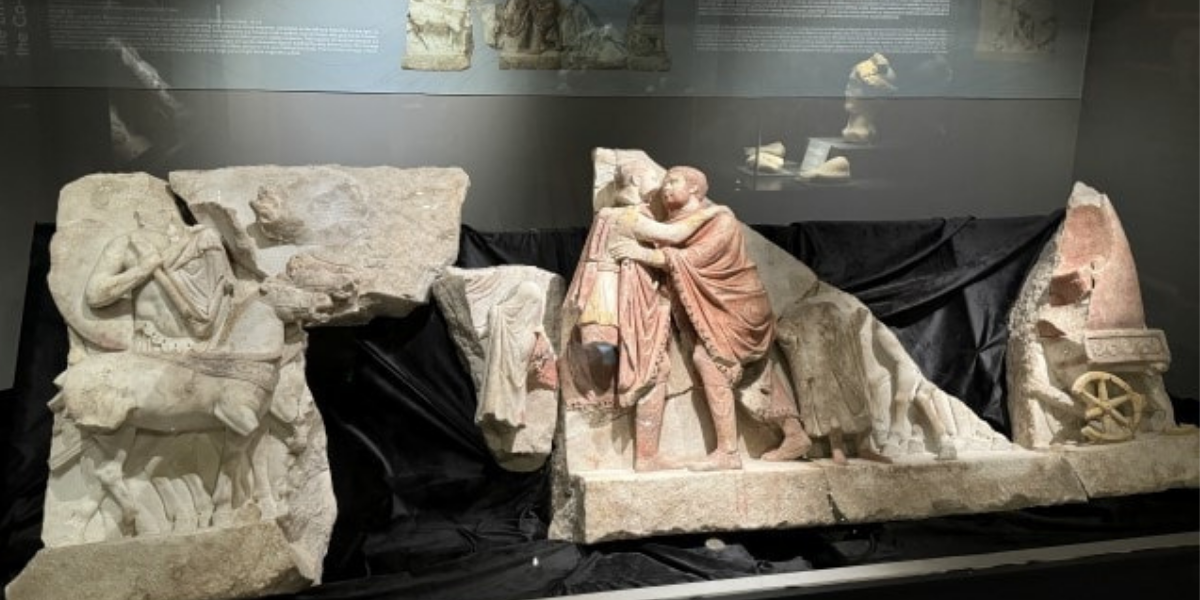
Relief depicting the embrace of Roman emperors Diocletian and Maximianus opens to the public for the first time
After 23 years of work, the relief depicting the embrace scene of Roman emperors Diocletianus and Maximianus was opened to visitors for the first time at the Kocaeli Archaeology Museum. After the 1999 Marmara Earthquake, a relief depicting the scene in which Roman Emperors Diocletianus and Maximianus got off the chariot and embraced each other
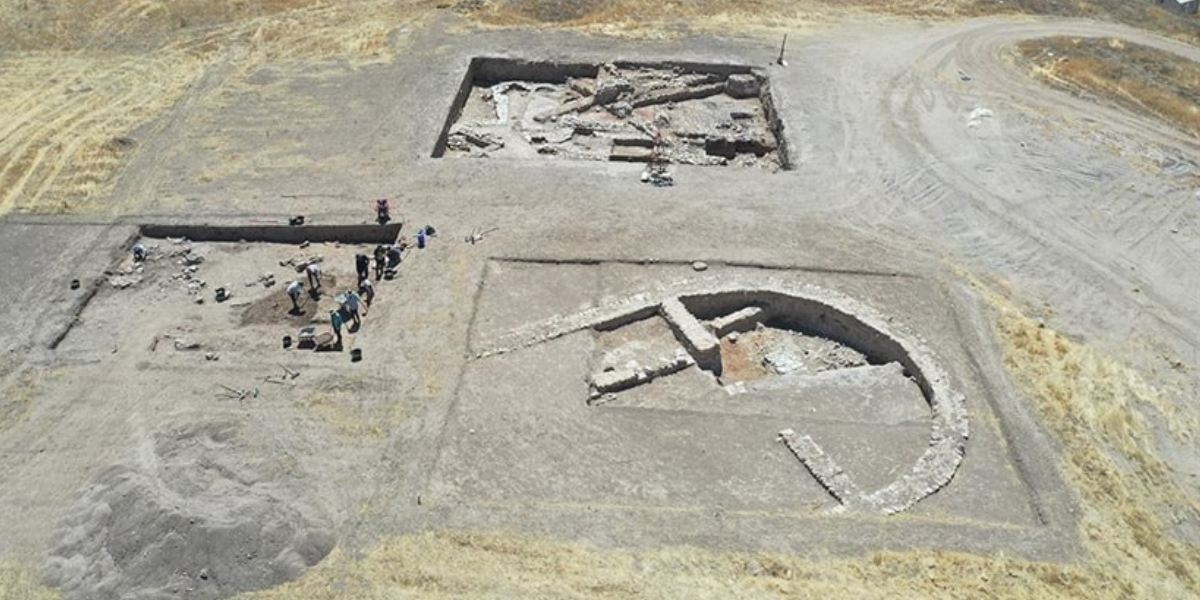
2,800-year-old kilograms of chickpeas, wheat, apricot kernels, grapes and garlic grains found in Yassı Mound
Carbonized chickpeas, wheat, apricot kernels, grapes and garlic grains dating back 2,800 years were found at Yassı Mound in the southern Turkish province of Kahramanmaraş. Since 2021, excavations at Yassı Mound, led by Assoc. Prof. Elif Baştürk of Ahi Evran University, have shown the existence of nine distinct layers that existed continuously between 6,000 BC
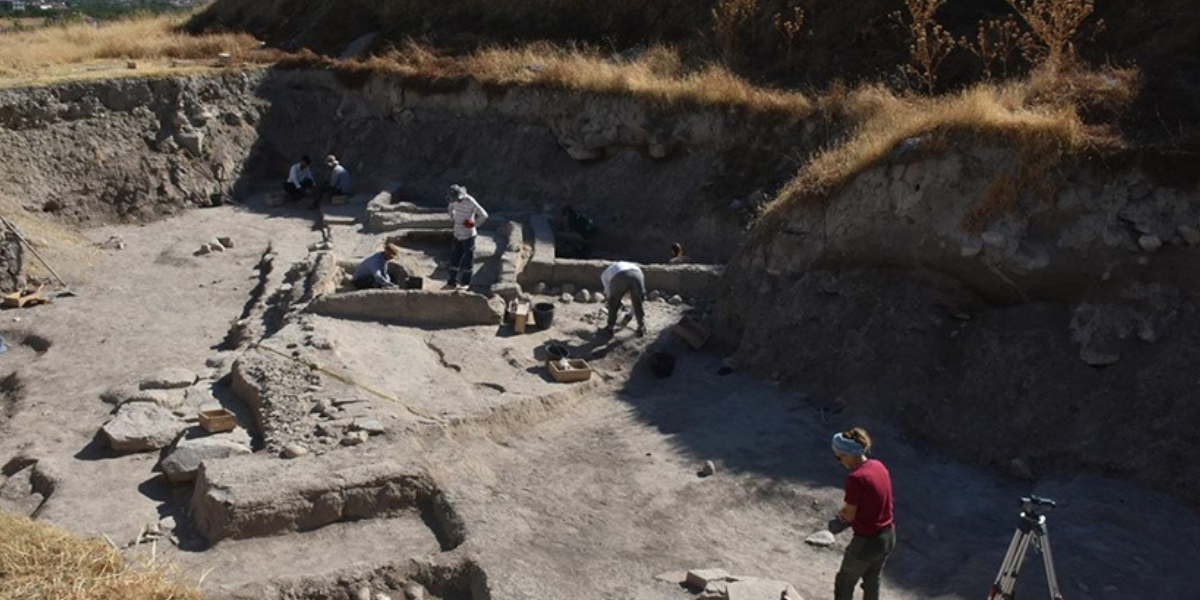
6,400-year-old oven unearthed at Arslantepe Höyük
A 6400-year-old oven has been unearthed at Arslantepe Höyük, which was continuously inhabited from 6000 BC to the 11th century AD in eastern Türkiye. The discovered oven is 2 meters long. Located 7 km northeast of Malatya, Arslantepe Höyük is on the UNESCO World Heritage List. The finds unearthed during excavations at the mound show

First in-situ floor mosaic unearthed in a monastery in Ordu province
An in-situ floor mosaic was unearthed at the Monastery of Saints Constantine and Helana in Ordu province in the Eastern Black Sea Region. The artifact is the first in-situ floor mosaic unearthed in Ordu province. The floor mosaic was unearthed during the excavations carried out under the leadership of the Ordu Museum Directorate. The excavations

The 2,000-year-old temple of the goddess Demeter in the ancient city of Blaundos will be raised
The 2,000-year-old temple of the goddess Demeter in the ancient city of Blaundos in the Ulubey district of Uşak will be brought to its feet with excavation and restoration works. The ancient city of Blaundos, built on a peninsula surrounded by deep valleys on three sides, had a strategic position between the Lydian and Phrygian
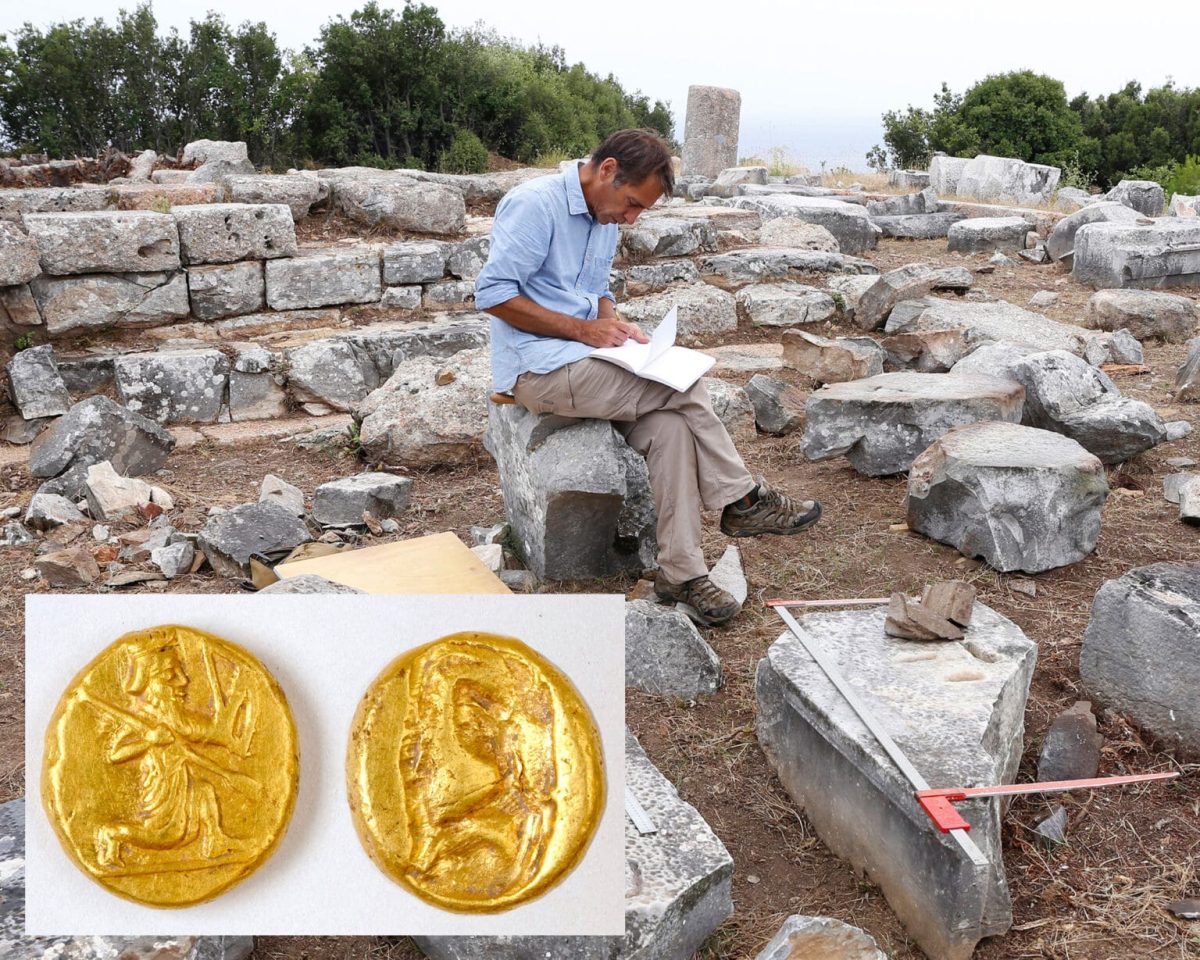
A pot of ancient Persian gold coins unearthed in the ancient city of Notion
A pot of ancient Persian gold coins was unearthed in the ancient city of Notion, an important port city in Antiquity. Excavations at the ancient city of Notion in the Menderes district of Izmir province in western Türkiye, which first began in 1921, were resumed in 2022 by a team from the University of Michigan,

A Lycian city founded by the Rhodians: Rhodiapolis Ancient City
Rhodiapolis, which is accepted as a city founded by the Rhodians because of its name, is located on a hill near Sarıcasu Village in Kumluca District of Antalya Province. According to Theopompos, the ancient city of Rhodiapolis was named after Rhodos, the daughter of Mopsos. The settlement, whose existence we learn from Hekataios, is one

5600-year-old Troy Ruins Search for Traces of the Trojan War
The traces of the legendary Trojan War, where heroism, love, revenge and betrayal took place, are being searched for at the Troy Ruins. With 5600 years of settlement, Troy Archaeological Site is located within the borders of Tevfikiye village of Çanakkale province in the west of today’s Türkiye. Troy Ruins was included in UNESCO’s ‘World
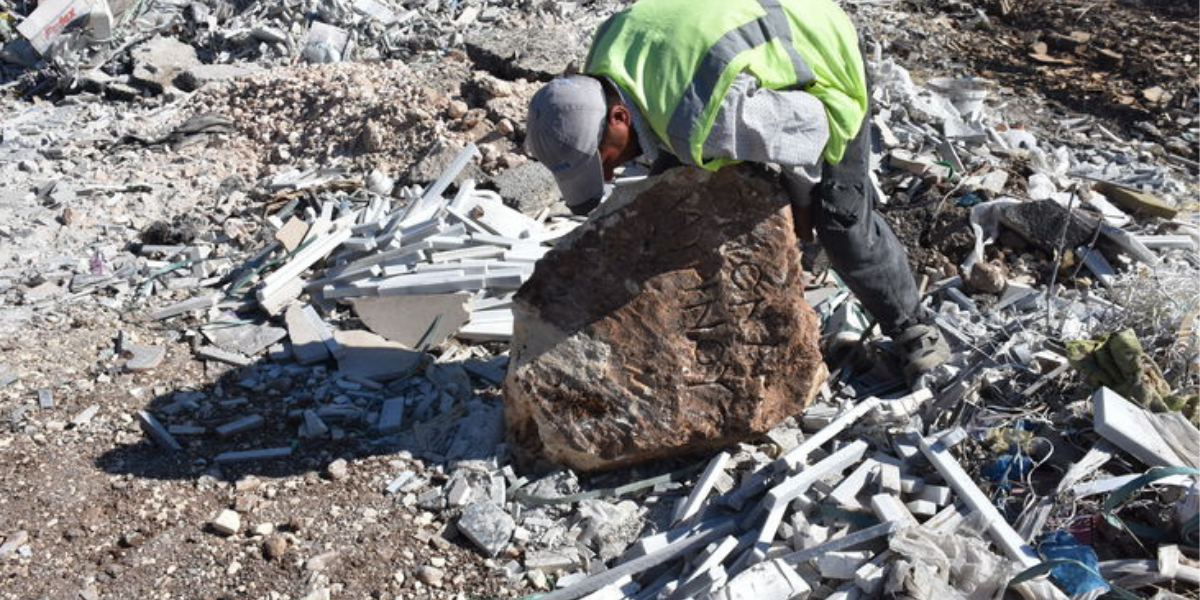
1800-year-old Roman border stone found during infrastructure works
During infrastructure renovation works in Adıyaman, a digger operator found a boundary stone marking a special area belonging to the Roman period. The boundary stone was determined to be 1800 years old. The Roman Empire used boundary stones to effectively manage its territory and define its borders. Boundary stones can be considered a highly developed
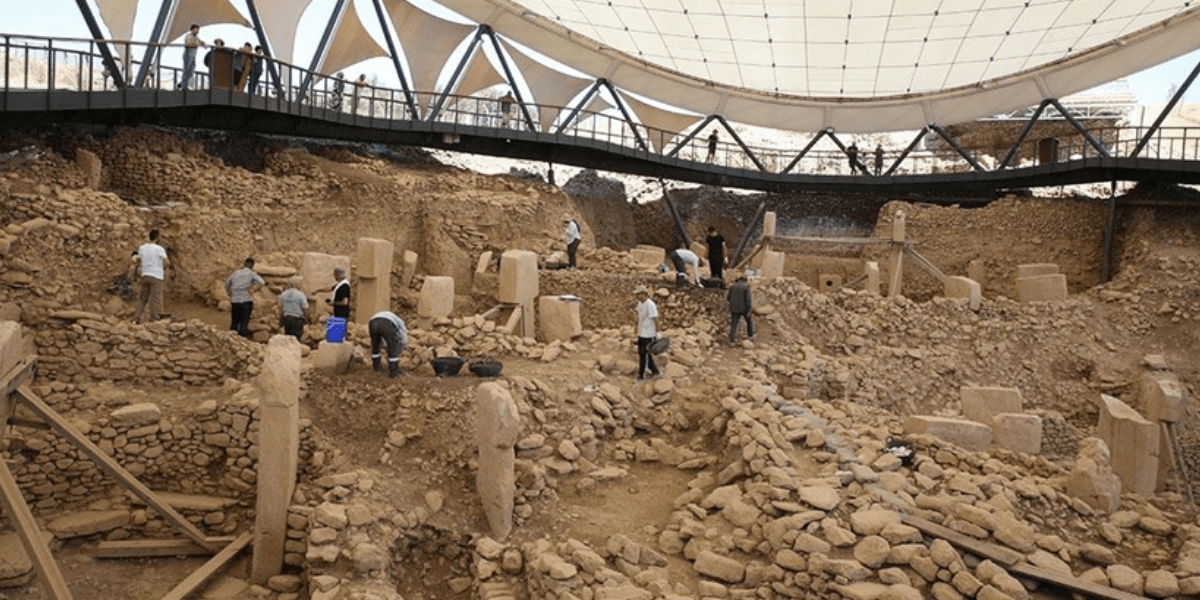
Excavations at Göbekli Tepe will continue until mid-October
The excavations in Göbekli Tepe, which deeply affected the history of humanity, will continue until October this year. Göbekli Tepe Excavation Head Prof. Dr. Necmi Karul said that one of their goals this season is to continue restoration work as in the past. Prof. Dr. Necmi Karul said, “Last year we completed the restoration of
